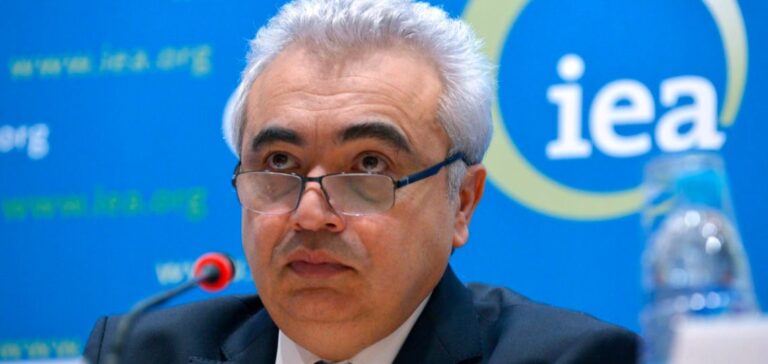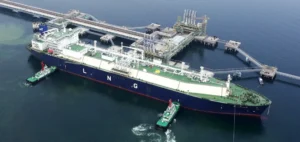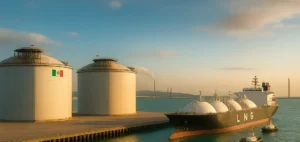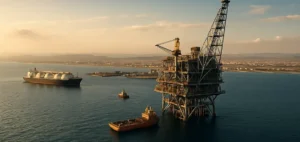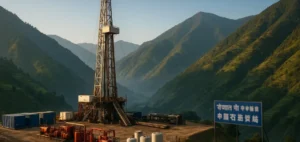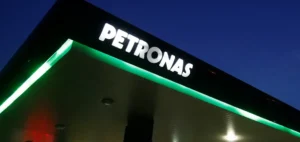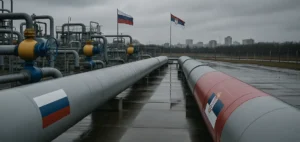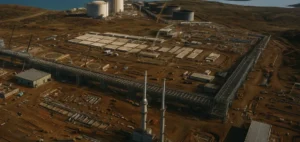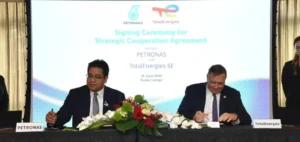Gas saving measures in Europe will be “crucial” this winter to keep stocks at sufficient levels in the event of a total cut-off of Russian gas and a “late cold snap”, the International Energy Agency (IEA) said Monday in its quarterly report.
The drying up of Russian gas, in response to the sanctions imposed on Moscow since the invasion of Ukraine, has caused prices on world markets to soar and led Europeans to seek supplies from other sources, importing massive amounts of liquefied natural gas (LNG), particularly from the United States,
and Norwegian gas.
Thanks to this diversification strategy, “gas stocks were almost 90% full at the end of September,” said the Paris-based IEA, while warning Europe about the consequences, as early as this winter and next year, of a possible total cut-off of Russian gas.
In its report, the agency established winter projections for these stocks “assuming a complete shutdown of Russian supplies from November 1” and depending on LNG supplies, a resource that is now the subject of “global competition”.
“Without a reduction in gas demand and if Russian supply is completely cut off, storage would be less than 20% full in February, assuming a high level of LNG supply” and “close to 5% full in the event of low LNG supply,” the IEA warns.
A melting of stocks at such levels “would increase the risk of supply disruption in the event of a late cold snap”, insists the OECD energy agency in its statement.
To avert this scenario, the IEA therefore believes that Europe will need to observe “crucial” conservation measures to “maintain stocks at adequate levels until the end of the heating season”.
According to its projections, a reduction during the winter in European gas demand of around 9% compared to the average of the last five years, “would be necessary to maintain these stock levels above 25%” in case of lower LNG inflows. And this demand would have to fall by 13% compared to this five-year average “to maintain storage levels above 33%”, in case of low LNG supplies.

